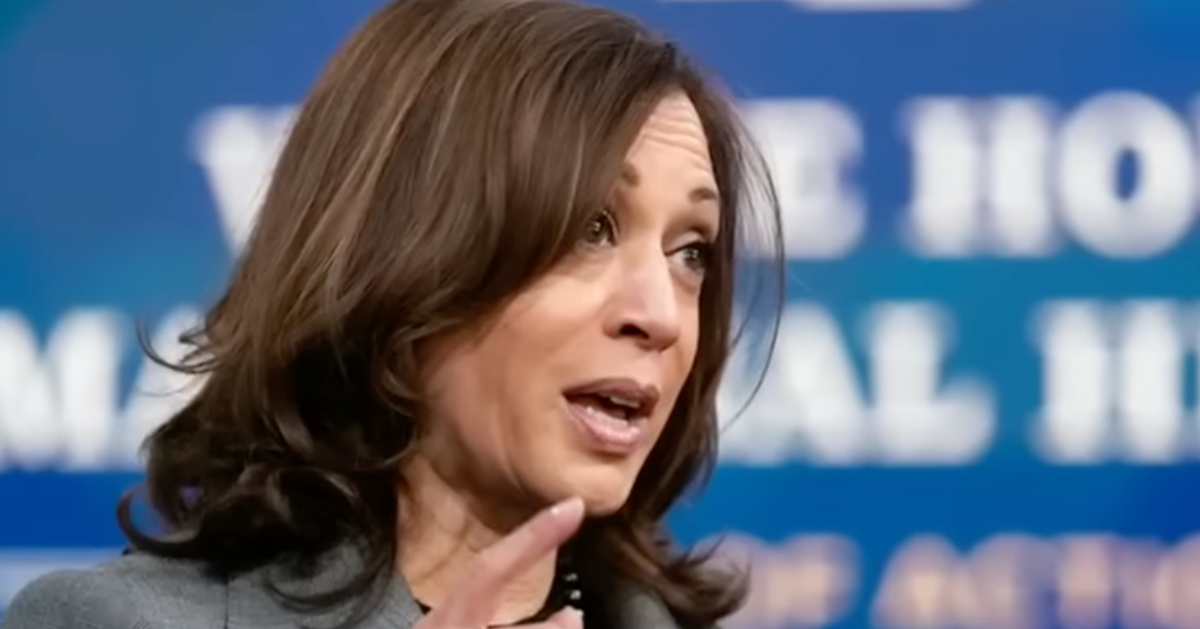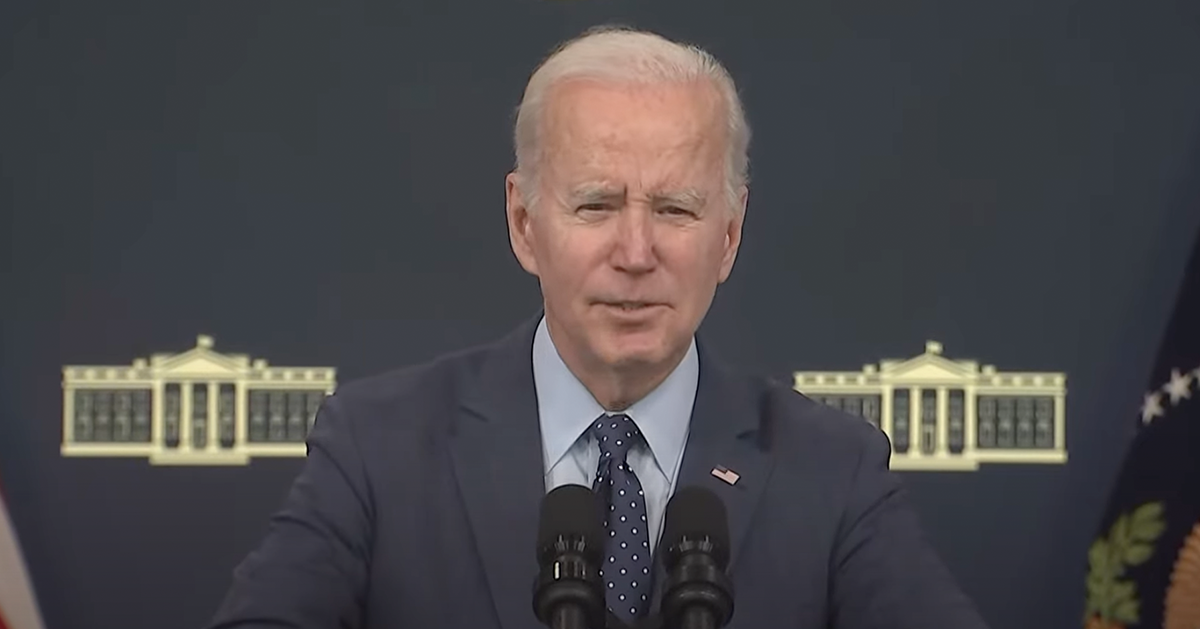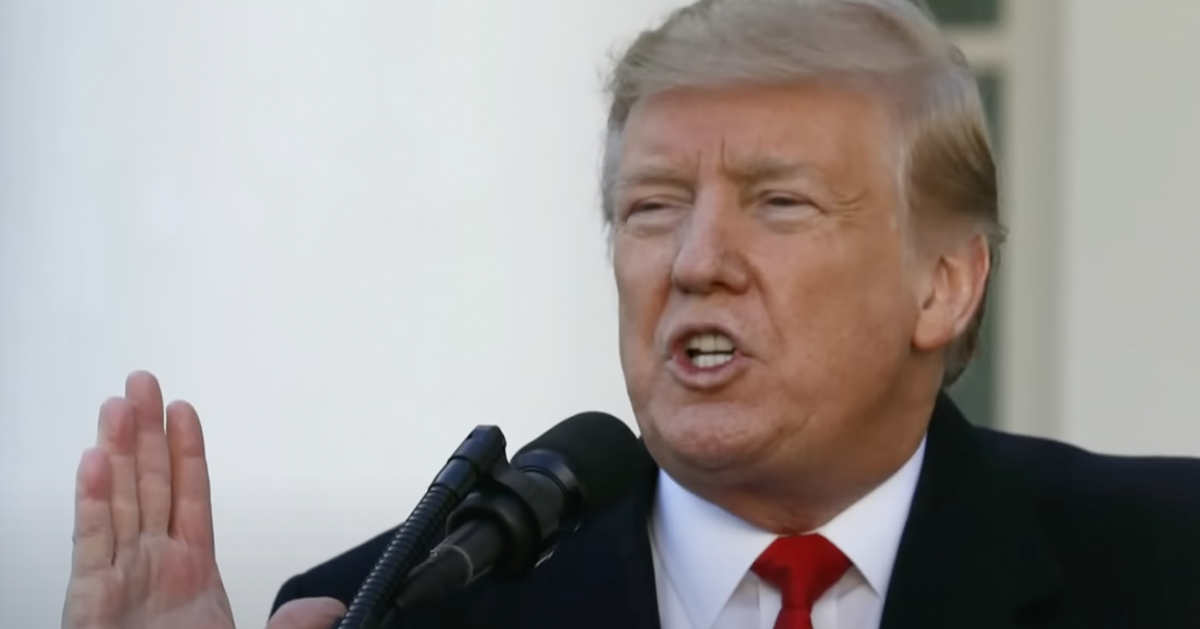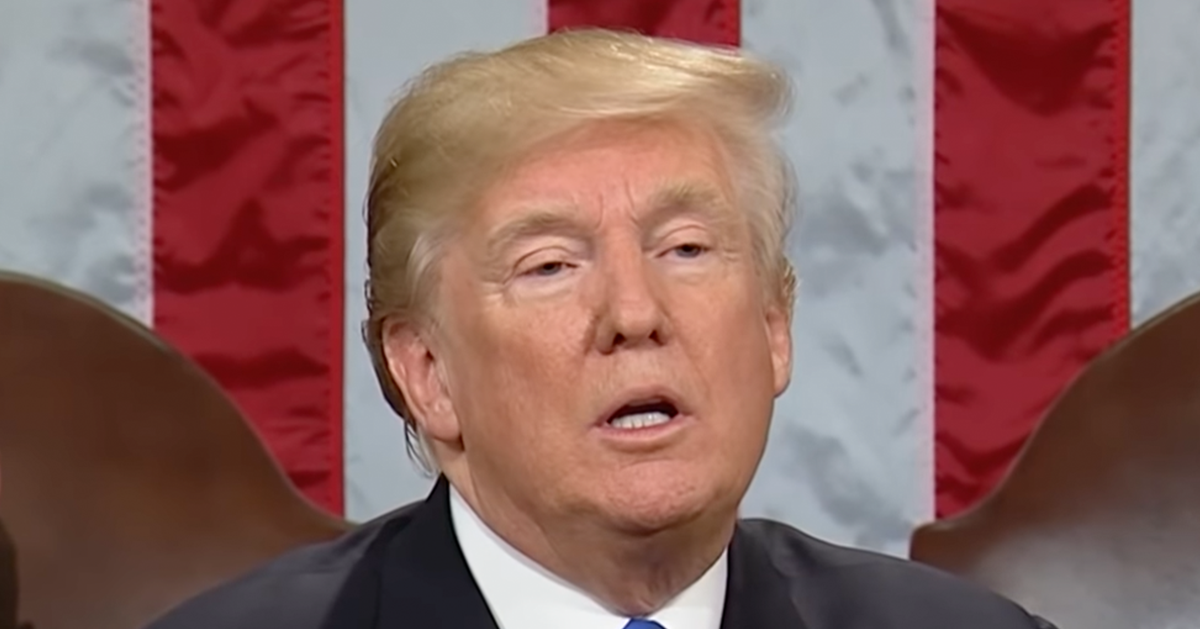Trump Lays Out Bold Plan to Revive American Manufacturing
Former President Donald Trump outlined a sweeping new economic agenda on Tuesday, focusing on reversing outsourcing and bringing American manufacturing back to prominence.
Trump's plan promises to “make America affordable again” by reducing taxes, lowering energy costs, and eliminating regulatory barriers for domestic companies, and his vision is to bring back American jobs and manufacturing that he says have been lost to foreign nations under current U.S. policies under the Biden-Harris administration, as Newsmax reports.
Trump’s proposals include a variety of measures designed to shift production back to the U.S. He plans to offer a 15 percent corporate tax rate for companies that manufacture within the country and employ American workers.
This lower tax rate would act as an incentive for businesses to keep their production lines in the United States. In addition, he emphasized the importance of tariffs as a tool to protect American jobs and boost revenue for the federal government.
Lowering Costs for U.S. Manufacturers
The former president stressed that his economic strategy focuses on making America more affordable for companies and individuals alike. By reducing taxes, energy costs, and regulatory burdens, Trump argued that his policies would help companies produce goods more cheaply on U.S. soil.
He connected this vision to restoring national prosperity and promised that foreign nations would soon "worry about losing their jobs to Americans."
"If companies don't take this deal," Trump warned, "they'll pay a tariff when they send their products -- made in another country -- to us." This bold proposal is intended to protect domestic manufacturers from foreign competition and strengthen the U.S. economy.
Protecting American Jobs Through Tariffs
Trump's plan involves not only offering benefits for U.S.-based companies but also punishing those that continue to outsource jobs. By using tariffs to penalize foreign-made products, Trump believes he can level the playing field for American workers. He criticized the current administration for failing to do enough to protect jobs from being lost to overseas markets, arguing that foreign economic influence has negatively impacted U.S. workers.
In contrast to Trump's approach, Vice President Kamala Harris has expressed skepticism about tariffs, calling them a "sales tax on the American people." Trump took issue with her stance, claiming that her policies would lead to higher taxes on businesses and further encourage companies to move production abroad.
Tax Cuts and Energy Costs Central to Plan
Another key aspect of Trump's economic blueprint is a significant tax cut for companies that choose to manufacture domestically. His proposed "15 percent Made in America Corporate Tax Rate" is designed to incentivize U.S. businesses to keep their operations within the country.
In addition to lowering corporate taxes, Trump also vowed to reduce energy costs, which he argued have been on the rise under the Biden administration.
Trump also voiced strong opposition to Harris's alleged plans to increase tax rates, including on unrealized gains. According to Trump, these higher tax burdens would stifle economic growth and lead to more companies relocating overseas. He also criticized Harris for supporting energy policies that he said have driven up costs for American businesses and households alike.
Linking National Security to Economic Policy
In his speech, Trump drew a direct connection between the strength of the U.S. economy and national security. He argued that outsourcing key industries, such as steel, to foreign countries weakens America's ability to defend itself. "If you don't have steel, you don't have a military," he stated, emphasizing the strategic importance of keeping critical industries on U.S. soil.
Trump's economic message also touched on specific concerns about foreign investments in American companies. He criticized the Biden administration for allowing Japan to purchase U.S. Steel, framing it as a national security risk that threatens the country's economic independence.
Critique of Current Administration
Throughout his speech, Trump criticized the Biden administration's economic policies, particularly its handling of manufacturing jobs and energy costs. He claimed that under the current leadership, the U.S. has seen a decline in its global competitiveness and has become overly reliant on foreign imports. Trump argued that this shift has hurt American workers and eroded the country's middle class.
He concluded by promising to restore the "American dream" and bring it back "bigger, better, and stronger than ever before." By focusing on lowering taxes, cutting energy costs, and protecting domestic industries, Trump believes his plan can revitalize the U.S. economy and bring prosperity back to the American workforce.
Conclusion: Revitalizing America's Economic Future
Trump’s economic agenda centers on restoring American manufacturing and jobs through tax cuts, tariffs, and regulatory reform. He presented a vision that contrasts sharply with the current administration’s policies, focusing on reversing foreign influence and bringing production back to U.S. soil.
By lowering corporate taxes, reducing energy costs, and using tariffs as a protective measure, Trump’s plan aims to create a more favorable business environment for American companies. He linked national security with economic strength and promised to “bring back the American dream” through his comprehensive strategy.






